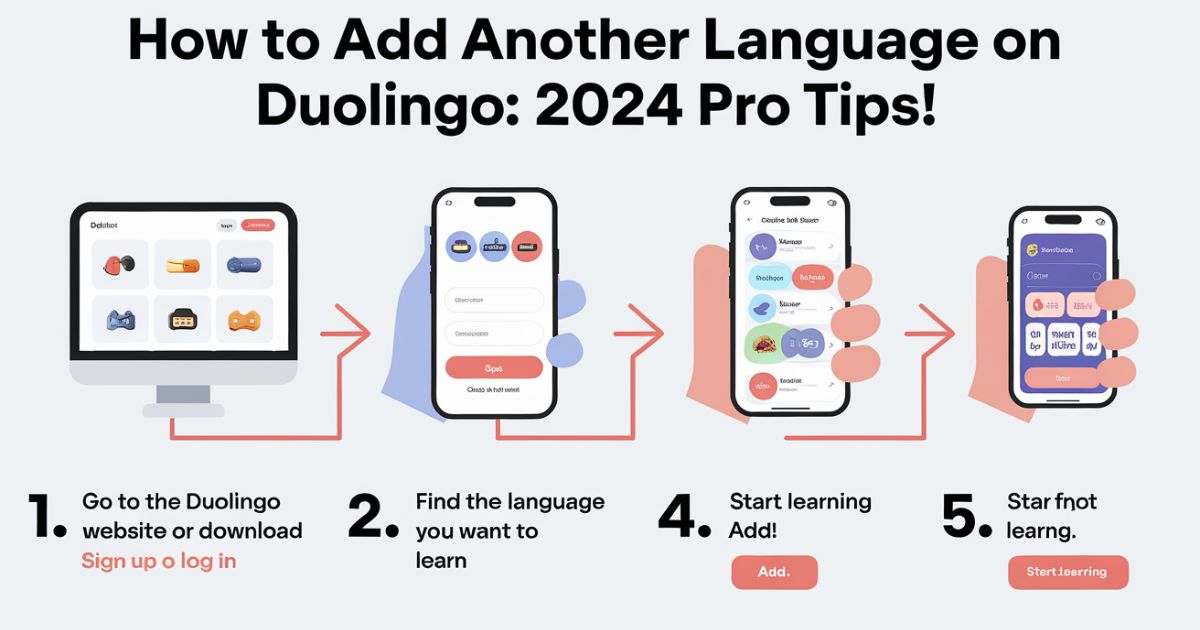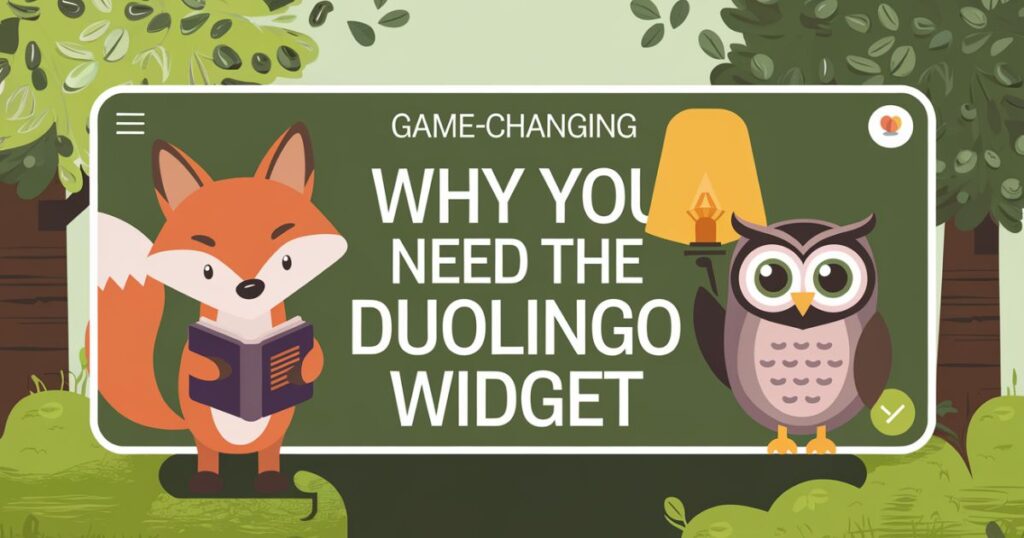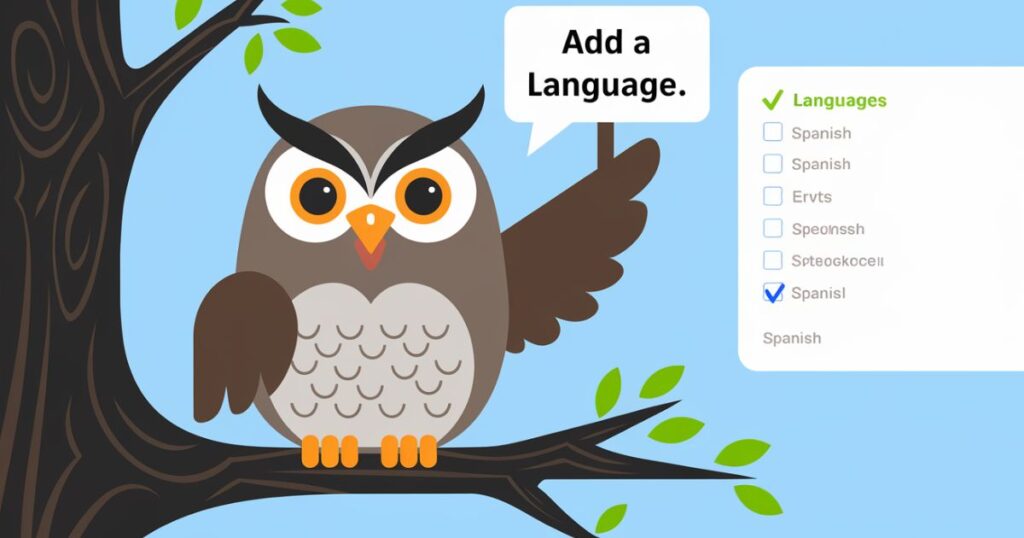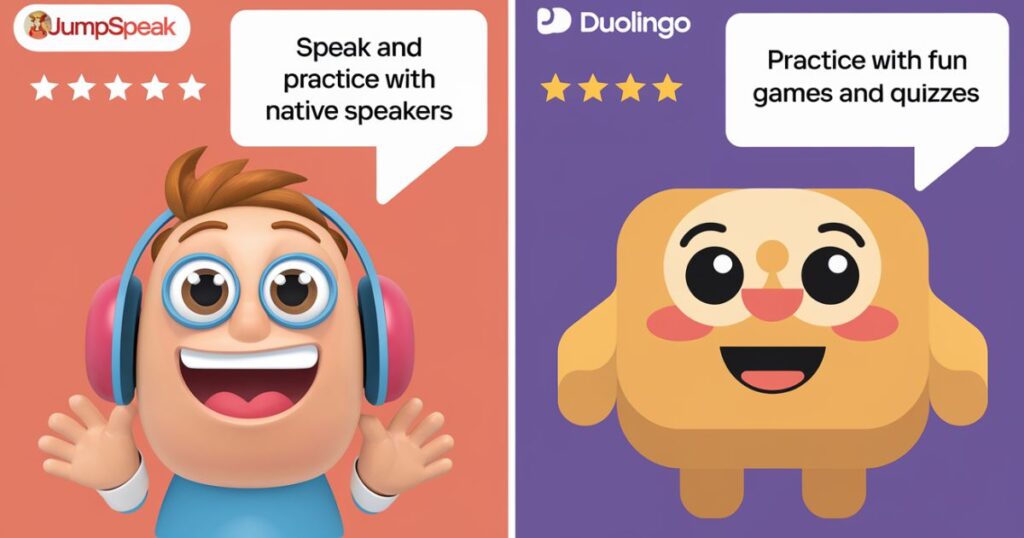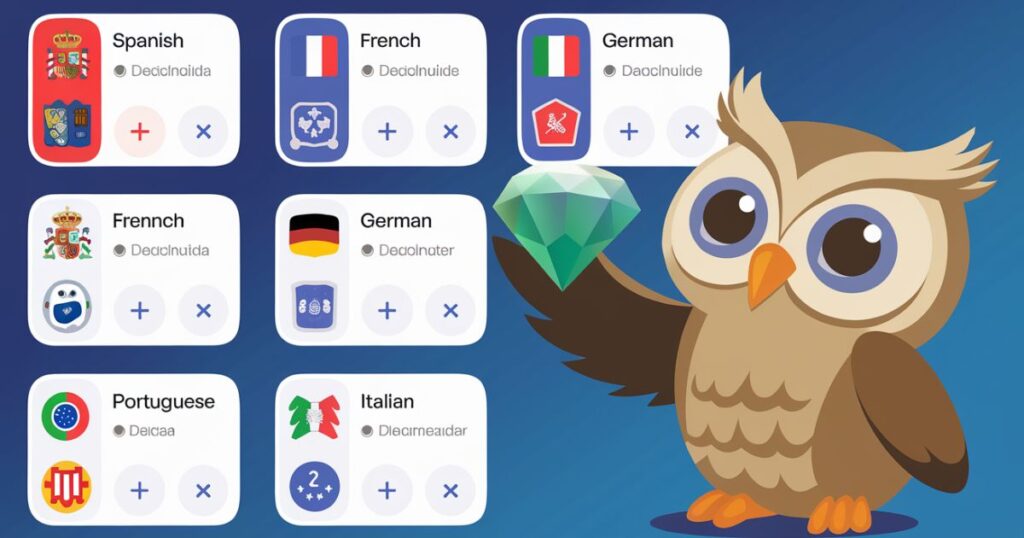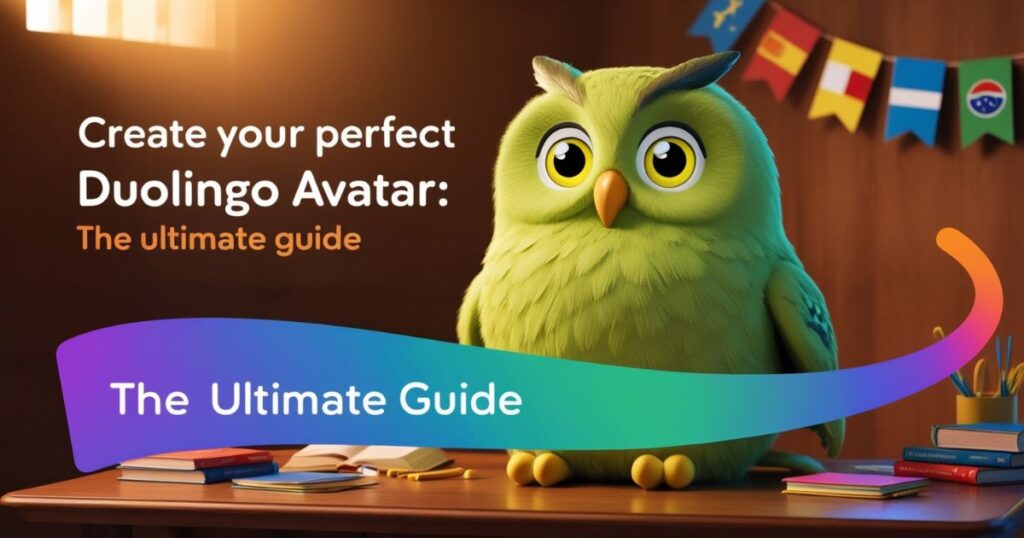Learning multiple languages has never been more accessible than it is today, thanks to Duolingo’s user-friendly platform.
Whether you’re just starting your language learning journey or looking to expand your linguistic horizons, this comprehensive guide will walk you through everything you need to know about adding another language on Duolingo and maximizing your learning potential.
How to Add Another Language on Duolingo
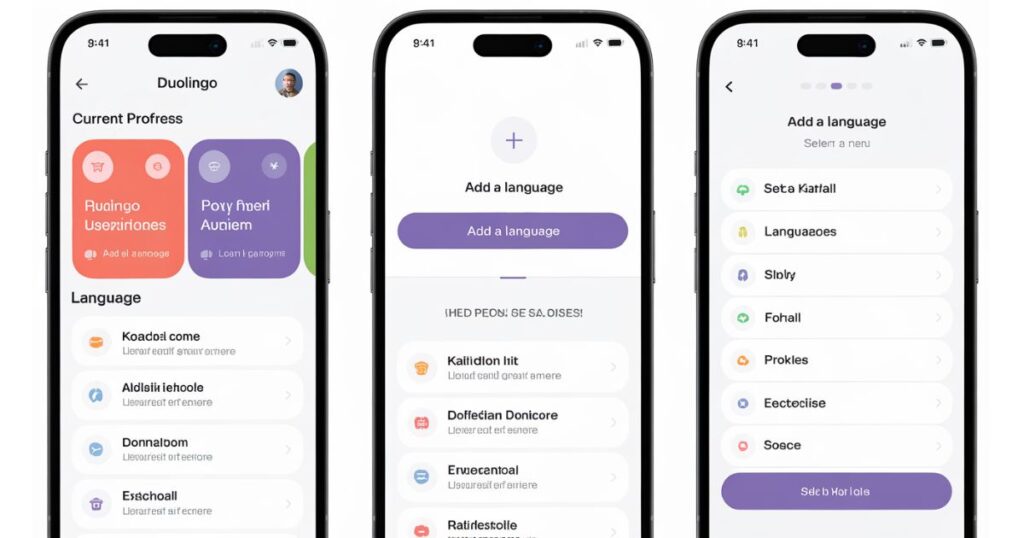
The process of adding a new language on Duolingo is designed to be intuitive and straightforward. With over 40 languages available on the platform, learners can explore everything from widely spoken languages like Spanish and French to unique options like Hawaiian and Navajo.
What makes Duolingo particularly special is its ability to save progress separately for each language, allowing users to freely explore multiple languages without losing their advancement in any course.
The platform’s adaptive learning technology adjusts to your pace and style, making it suitable for both casual learners and dedicated polyglots.
This personalized approach ensures that whether you’re learning your second language or your fifth, you’ll receive appropriate challenges and support throughout your journey.
Using Mobile Apps (iOS and Android)
When it comes to Duolingo mobile app tips, the process varies slightly between iOS and Android devices, but both platforms offer a seamless experience. For iOS users, the journey begins by launching the app and tapping the profile icon at the bottom of the screen.
From there, selecting the flag icon in the top bar reveals the language selection menu, where you’ll find the “+” symbol to add new courses. Android users follow a similar path, though the interface might look slightly different.
The mobile version offers unique advantages like offline lessons for Plus subscribers, push notifications for daily reminders, and quick practice sessions that fit perfectly into busy schedules. These features make mobile learning particularly effective for maintaining consistent practice throughout the day.
Desktop Browser Method
The Duolingo desktop language setup provides an expanded learning environment that many users find particularly helpful for in-depth study sessions. To begin, visit duolingo.com/courses and sign in to your account.
The desktop version offers several advantages over mobile, including larger screen space for better lesson visibility, keyboard shortcuts for faster navigation, and detailed grammar notes that can be essential for understanding complex language concepts.
Quick Settings Access Points
The ability to quickly switch between languages is one of Duolingo’s most valuable features. Duolingo language switching has been thoughtfully designed to minimize friction in your learning process.
The platform provides a seamless experience through the flag icon on the home screen, which serves as your gateway to all active courses. This intuitive design ensures that you can transition between languages without losing momentum in your learning journey.
Benefits of Multiple Language Learning on Duolingo
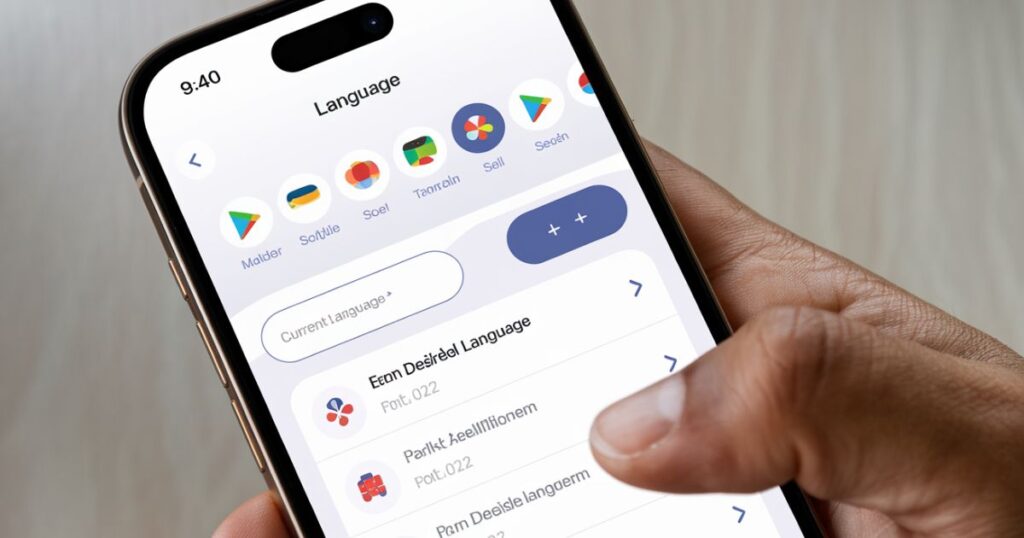
The advantages of becoming a Duolingo polyglot extend far beyond just knowing how to communicate in different languages. Research has shown that multilingual learning can significantly enhance cognitive function, improving everything from memory to problem-solving abilities.
Studies indicate that people who regularly engage with multiple languages often demonstrate better multitasking capabilities and maintain stronger mental agility as they age.Professional benefits are equally impressive. In today’s globalized economy, multilingual skills can dramatically increase your career prospects and earning potential.
Many employers specifically seek out candidates who can communicate across cultural and linguistic boundaries, making your Duolingo studies a valuable investment in your professional future.
Time Management Strategies for Multiple Languages
Managing multiple language courses requires thoughtful planning and organization. The key to success lies in creating a sustainable routine that fits your lifestyle while maintaining consistent progress across all your chosen languages.
Rather than trying to tackle everything at once, consider dedicating specific days to different languages. This approach helps prevent confusion and allows for deeper focus during each study session.
For instance, you might dedicate your mornings to your primary target language, using afternoon sessions for review and evening periods for exploring new languages. This structured approach helps maintain steady progress while preventing burnout and confusion between languages.
More Post: Who Created Duolingo? The Fascinating Story
Daily Language Rotation Schedule
Creating an effective rotation schedule is crucial for maintaining progress across multiple languages. Instead of studying all languages every day, which can lead to confusion and burnout, consider adopting a cyclical approach.
For example, you might focus intensively on Spanish on Mondays and Thursdays, French on Tuesdays and Fridays, and use Wednesdays for reviewing both languages. This systematic approach allows for deep focus while ensuring regular practice in each language.
Progress Tracking Methods
Understanding your progress is essential for maintaining motivation and identifying areas that need additional attention. Duolingo provides various metrics to help you track your advancement, including XP earned, crown levels achieved, and daily streaks.
However, effective progress tracking goes beyond these basic metrics. Consider keeping a language learning journal to record your experiences, challenges, and breakthroughs in each language.
Setting Study Goals
Goal-setting is fundamental to successful language learning. Rather than simply aiming to complete a certain number of lessons, focus on creating comprehensive goals that encompass all aspects of language acquisition.
Short-term goals might include mastering specific grammar concepts or vocabulary sets, while long-term goals could focus on achieving fluency milestones or completing entire course sections.
Selecting Compatible Language Combinations
Choosing the right combination of languages to study simultaneously is crucial for success on Duolingo. When selecting languages, consider their linguistic relationships and your personal learning style.
For instance, learning Spanish and Italian together can be advantageous due to their shared Latin roots and similar grammatical structures. However, it’s important to establish a solid foundation in one language before adding another from the same language family to avoid confusion.
Consider your current language proficiency and learning goals when selecting combinations. If you’re a native English speaker, starting with Germanic languages like Dutch or German might feel more intuitive due to their similarities with English.
Alternatively, if you’re interested in expanding your linguistic horizons dramatically, combining languages from different families, such as Spanish and Japanese, can help keep them distinct in your mind.
Tips for Successful Language Switching
Mastering the art of switching between languages requires developing specific mental strategies and habits. One effective approach is to create distinct learning environments for each language.
This might mean studying Spanish while drinking your morning coffee and French during your evening commute. These environmental cues help your brain transition more smoothly between languages.
Additionally, immersing yourself in the cultural context of each language can significantly enhance your learning experience. Watch movies, listen to music, or read news in your target language during its designated study time.
This approach not only improves your language skills but also helps maintain clear boundaries between different languages in your mind.
Language Practice Techniques
Effective language practice extends beyond completing daily lessons. The key to mastering a language is engaging with it in various contexts and through different methods.
Reading native content, listening to podcasts, and practicing pronunciation through Duolingo’s audio lessons all contribute to a well-rounded learning experience.
Engaging with the platform’s Stories feature provides valuable context for vocabulary and grammar while improving comprehension skills.
Cultural Immersion Methods
Language learning becomes more meaningful when connected to cultural understanding. While using Duolingo, take advantage of opportunities to learn about the cultures associated with your target languages.
The platform often includes cultural notes and context within lessons, but you can enhance this by exploring traditional music, art, and customs from regions where your target language is spoken.
Common Technical Issues and Solutions
Even the most dedicated language learners occasionally encounter technical challenges while using Duolingo. Common issues include app crashes, progress synchronization problems, and audio playback difficulties.
Most technical problems can be resolved by ensuring your app is updated, checking your internet connection, or clearing your cache. If problems persist, Duolingo’s support team is available to help maintain your learning momentum.
Advanced Features for Multi-Language Learning
Duolingo offers several advanced features designed to enhance the learning experience for serious language enthusiasts. Super Duolingo subscribers gain access to additional tools like unlimited hearts, offline lessons, and detailed progress quizzes.
The platform’s competitive features, including leagues and achievements, provide extra motivation while making the learning process more engaging.
FAQ’s About Adding Languages on Duolingo
How do I add more languages on Duolingo?
To add more languages on Duolingo, tap the flag icon on your home screen and select the “+” symbol. On mobile, this is found in the profile section, while on desktop, you can visit duolingo.com/courses. Choose your desired language from the available options and click “Start Course” to begin learning.
What are the new languages for Duolingo 2024?
As of 2024, Duolingo has expanded its offerings to include several new languages such as Haitian Creole, Armenian, Persian (Farsi), and Thai. The platform continuously updates its language selection, so it’s worth checking the course list periodically for new additions.
How do I give up a language on Duolingo?
To remove a language from your course list:
- Go to Settings
- Select “Manage Courses”
- Find the language you want to remove
- Click the “Remove” button Note: This will reset your progress in that language if you decide to add it again later.
Can Duolingo teach me a new language?
Yes, Duolingo can effectively teach you the basics of a new language and help you develop intermediate skills. The platform uses a combination of lessons, stories, audio exercises, and practice sessions to build your language abilities gradually. However, for advanced fluency, it’s recommended to complement Duolingo with other learning methods.
How can I add a new language on the Duolingo mobile app?
On the mobile app:
- Open Duolingo
- Tap the profile icon
- Select the flag icon
- Tap the “+” symbol
- Choose your new language
- Select your learning goals
How can I add a new language on the Duolingo desktop browser?
For desktop users:
- Visit duolingo.com/courses
- Log into your account
- Browse available languages
- Click “Start Course” on your chosen language
- Complete the placement test if desired
Where can I quickly access language switching options on Duolingo?
The fastest way to switch languages is through the flag icon on your home screen. This gives you immediate access to all your active courses and the option to add new ones.
What are the benefits of learning multiple languages on Duolingo?
Benefits include:
- Enhanced cognitive abilities
- Better memory and problem-solving skills
- Improved career opportunities
- Greater cultural understanding
- Delayed cognitive aging
- Improved multitasking abilities
How can I effectively manage my time when learning multiple languages on Duolingo?
Create a structured schedule by:
- Dedicating specific days to different languages
- Setting realistic daily goals
- Using time blocks for focused learning
- Maintaining consistent practice sessions
- Tracking progress regularly
How do I choose compatible language combinations to study on Duolingo?
Select languages based on:
- Your current language knowledge
- Language families and similarities
- Available study time
- Learning goals
- Personal interests Avoid studying very similar languages simultaneously to prevent confusion.
How can I successfully switch between languages on Duolingo?
Successful language switching involves:
- Maintaining separate study sessions
- Using different contexts for each language
- Taking breaks between languages
- Focusing on one language at a time
- Using the platform’s tracking tools
What should I do if I encounter issues when adding a new language on Duolingo?
If you experience problems:
- Check your internet connection
- Update the app
- Clear cache and data
- Try using the desktop version
- Contact Duolingo support if issues persist
What advanced features does Duolingo offer for multi-language learners?
Advanced features include:
- Super Duolingo benefits
- Stories for contextual learning
- Audio lessons
- Achievement systems
- Progress quizzes
- Personalized practice sessions
- League competitions
- Friend challenges
Conclusion
Becoming proficient in multiple languages through Duolingo requires dedication, strategy, and consistent effort. By following the guidelines and techniques outlined in this guide, you can create an effective learning routine that supports your multilingual goals. Remember that language learning is a journey, not a destination, and every small step forward contributes to your overall progress.
Whether you’re learning for professional development, personal enrichment, or cultural understanding, Duolingo provides the tools and structure needed for success. Start your multilingual journey today, and embrace the opportunities that come with mastering multiple languages.
Visit For More Blog’s: Duolingoabout

Welcome to DuolingoAbout.com! Your go-to hub for expert tips, tricks, and guides to mastering Duolingo. Simplify your language-learning journey with curated content designed for learners at all levels.
